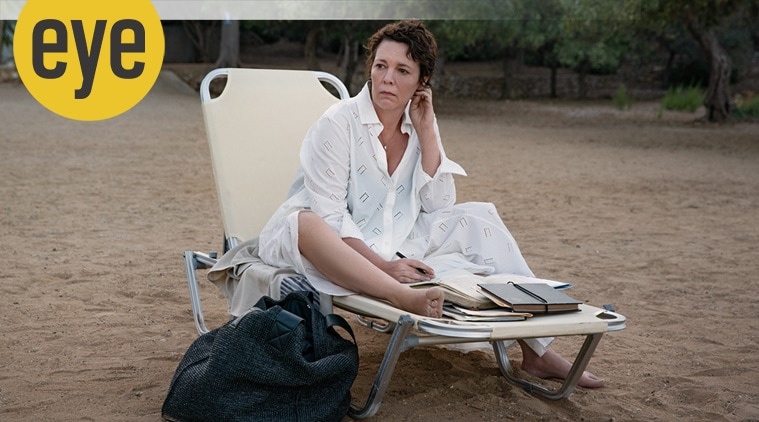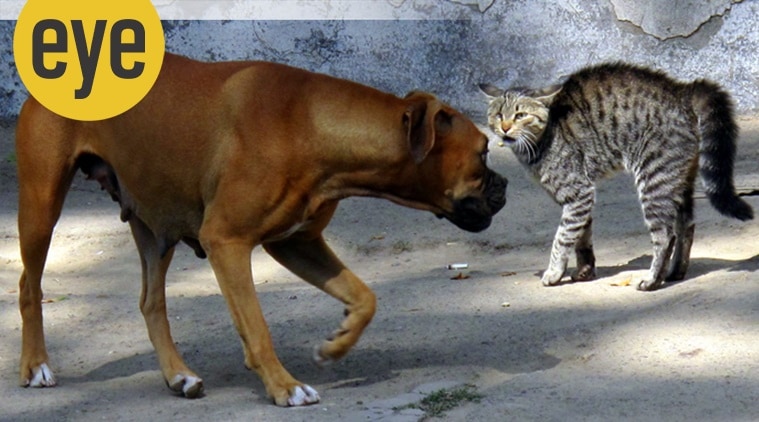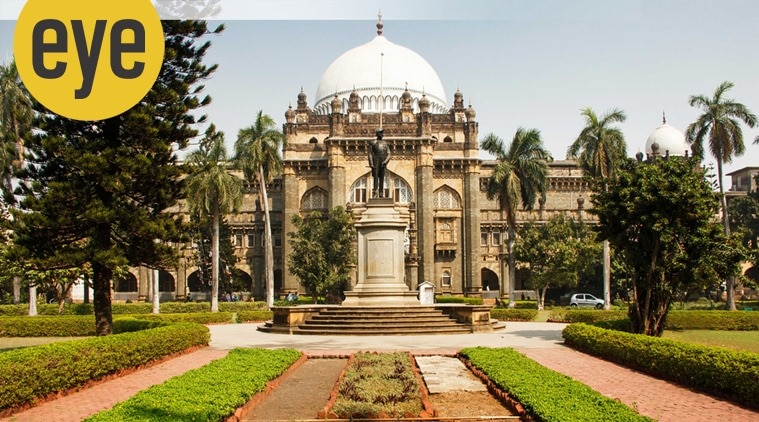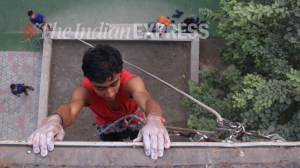Sunday Long Reads: Living in the metaverse, The Lost Daughter, Bollywood’s baddies, and more
Here are this week's interesting reads!
 Psychologists and social scientists across the world are now worried if the human mind can process conflicting binaries and retain its balance. (Illustration by Bivash Barua)
Psychologists and social scientists across the world are now worried if the human mind can process conflicting binaries and retain its balance. (Illustration by Bivash Barua)Is metaverse snapping our connect with the real world?
MetaKovan, the new czar of the virtual metropolis Origin City, with a purple crown, held a grand party last year to celebrate his most prized art acquisition, a series of images worth $2.2 million (more than Rs 16 crore approx.) by American digital artist Beeple (real name, Mike Winkelmann). Guests danced on the floor of his new gallery or floated above it through gravity-defying abilities. Not only did he show off his collection, he sold tokens, giving buyers a stake in his art pieces.
How The Lost Daughter addresses a mother’s social dilemma
 Olivia Colman plays the older self of the protagonist Leda Caruso in The Lost Daughter, based on Elena Ferrante’s novella of the same name
Olivia Colman plays the older self of the protagonist Leda Caruso in The Lost Daughter, based on Elena Ferrante’s novella of the same name
Looks like I’ve been searching for the magnificently flawed, grasping, utterly human Leda Caruso all my life.
The most striking moment in The Lost Daughter (streaming on Netflix) is when Leda’s younger self (Jessie Buckley) sets her face towards the door and walks out. Leaving behind two lovely, young, clingy daughters. She has done everything asked of her, including paring an apple just the way she can, in one long, uninterrupted swirl, like a snake, their very own game. And then, she’s done.
It’s a Cat and Dog Story
 Can these two favourite pets of humans live happily ever after? (Photo: Wikimedia Commons)
Can these two favourite pets of humans live happily ever after? (Photo: Wikimedia Commons)
Ever since they separated from their common ancestor, some 43 million years ago, cats and dogs have been at each other’s throats, with no quarter given or asked for. Worse, they have drawn us into their long-standing rivalry and it is said that there have been cat people and dog people ever since the Stone ages. Down In Jungleland (DIJ) now asks representatives of the two species, on their opinion of themselves and each other, as follows:
DIJ: Why do you both think that you are the superior species? After all, you have the same common ancestor.
Cat: We are superior: we’re cleaner, more independent, more intelligent, better-looking and more of us are kept as pets by humans than old bow-wow here and his ilk!
How Mumbai’s CSMVS became a repository of memories and culture, through wars, plague and pandemic
 The CSMVS building at Kala Ghoda (Source: CSMVS Collection)
The CSMVS building at Kala Ghoda (Source: CSMVS Collection)
After more than a decade’s wait, a museum was set to be inaugurated in 1921 as a memorial to the Prince of Wales. Built in the Indo-Saracenic style, the memorial would have art, archaeology and science sections, and represent the Bombay Presidency and Sind. It would also encompass the “Oriental region”, including Tibet, Yunnan, Syria and Iran.
How a new book salutes the baddies who made the classic Hindi-film villain everlasting
 Ajit, Bindu, Amjad Khan, and Amrish Puri
Ajit, Bindu, Amjad Khan, and Amrish Puri
The primary task of a hard-boiled villain in a typical Hindi movie is to make the hero appear strong and righteous. After a prolonged conflict, the villain gets beaten up, faces humiliation while the hero walks away with the heroine and the do-gooder tag,” says author Balaji Vittal, 53, whose newest offing is Pure Evil: The Bad Men of Bollywood (HarperCollins; Rs 399).
‘When I make a work, I tap into the things that I don’t see’: Bharti Kher
 Bharti Kher (Express photo by Abhinav Saha)
Bharti Kher (Express photo by Abhinav Saha)
The title of your current exhibition ‘Strange Attractors’ (at Nature Morte gallery, Delhi, till February 6) refers to a mathematical concept within the Chaos Theory. In 2020, your New York exhibition was titled ‘The Unexpected Freedom of Chaos’. Is it also influenced by the chaos around?
In the past 20 years or so, there has been a more sustained and accessible crossover between physics, other sciences, say astronomy, creative thinking and the arts. There are theories about the universe being a single organism, across the spaces of theology, philosophy, poetry and astronomy. As an artist, I have always been keen to talk about the ephemeral. When I make a work, I am trying to tap into the things that I don’t see. When I was around eight, my art teacher taught me how to see the space around an object and how it defined the very object itself. That fundamentally changed my way of looking at the world and at art. My work is about all the things I am interested in as a person. It is about the unity of opposites and this inherent contradiction.
When India changed the course of The Beatles’ lives forever
 The Beatles in Rishikesh. (Source: Colin Harrison/Avico)
The Beatles in Rishikesh. (Source: Colin Harrison/Avico)
It was hard to miss women swooning, screaming, chasing them down the streets, and the monstrous sums of money that surrounded The Beatles in the ’60s, both in the UK and the Western world. Amid the pandemonium, the four Liverpudlians with mop tops, kingpins of modern pop, turned East for peace. And almost 50 years ago, they arrived at the foot of the Himalayas, in Rishikesh, where, in the February of 1968, Maharishi Mahesh Yogi’s ashram welcomed its most celebrated visitors.





- 01
- 02
- 03
- 04
- 05


























